Photography is one of those fine art forms that most people think is easy to do – until they try it for themselves. There are quite a few ‘how to take better home photos’ articles out there. Some are less accurate than others (we won’t name names), but when it comes to making a major life decision like buying, selling, or renting a home, wouldn’t you rather have first-hand advice from people in the business?
Luckily, two talented photographers who have worked with VHT Studios for a combined 9 years and thousands of properties photographed have shared their tips and tricks on how you can improve your home or rental property photography.
What is something you’ve noticed that people tend to overlook when taking their own photos of a home?
Lauren Rodriguez: Photography is the number one way to market your listing, therefore it should be the number one priority for your listing. We all know the basics like no clutter and closed toilet seats, but there are other fundamentals that are over looked.
For me, I would say really think about what you’re doing. When working out, my instructor tells us if we isolate and focus on the muscle we will work it 27% more. So I’ve applied that to photography. You can improve what you’re doing by a quarter if you take the time to focus on it. Pay attention to what you’re photographing. How does the composition look, what are my camera settings at, is my tripod level?
Laura Dante: I would say that the best perspective of a room isn’t necessarily from the doorway, even though that’s where most people will probably take their photos from. The best way to find the ideal angle of the room is to walk to different points looking through your lens. You need to choose the highlights of the room carefully. You aren’t selling the furniture; you are selling the sensation of the space. Backs of furniture can take up expensive “real estate” (pun intended) in your photograph, so situate your composition to your benefit and show off as much of the room as possible.
Lauren: I agree with Laura. It’s easy to take a photo from the doorway and a lot of times it is the best angle, but it’s not the only one. When I’m shooting a home I usually take a photo from the exact opposite side of the room I started with.
What is the best composition for a real estate or architectural photograph?
Laura: The rule of thirds comes into the conversation here. Three is the magic number, as we all know. Showing a sneak of the third wall or doorway in a room grounds the viewer and provides balance and scale to an image.
Lauren: The rule of thirds is probably the most spoken rule in photography and the first one taught in any photography course or school. The rule of thirds is simply a guideline that states that a photo is visually more interesting if the important elements of the image lie on one of the grid lines or their intersections. If you break the image into nine sections, how do your subjects fit in those spaces? You don’t always want them in the middle.
What about lighting – this can be tricky for amateur photographers.
Laura: When it comes to lighting, it isn’t always best to have a bright sunny day. Overcast clouds offer an even diffusion of light that can give you more room to wiggle when it comes to exposure and composition. Harsh highlights and shadows can be distracting unless the play of light accentuates the architecture or if the designers built structures with light in mind. The sun’s trajectory, or time of day, can also play a large role in optimal shoot schedules. Think about what direction your room or windows are facing.
Lauren: Indoor photography can be tricky. I will stand with my back to a window and not only do I get a different angle; I get all the beautiful sunlight shinning in the photo instead of into my lens. These over looked angles are the shots that impress homeowners the most.
How can you improve your home photography in terms of staging? Is it really that important?
Laura: Providing the viewer with points of interest within the frame, whether you use color, shape, or line, is ALWAYS a good idea. Use the whole frame to your advantage and remember, less is more. Your photographs are the first impression and you want the viewer, a potential buyer, to feel good about what they see. Fruit? Seasonal flowers? New puffy pillows? Many of my clients have a car full of home goods that can swiftly and profoundly affect the mood of an otherwise “naked” room. Also, warn your owners that taking the time to declutter is essential. If they give you flack about how much work it will be remind them that the photographs tell the story of their home…clean, tidy, and clutter free allows the viewer to imagine themselves moving right in.
Most of us don’t have top of the line equipment, how can we still take good home photos?
Lauren: It’s not about having the best equipment, it’s about knowing how to use it. If you can’t manually set your camera settings and control your flash you are not going to get good photos. When I find a good shot, not only do I take multiple exposures, but I bounce my flash around. A professional photographer will never rely on Photoshop, we will fix everything possible in camera first. You have to know how to use your equipment to be able to achieve this.
What is the top tip you would give to someone looking to take real estate listing photos that will sell a home or rent a property?
Laura: I think it’s important to find a signature moment. I have learned over the years that every space has its own character. Find that little moment in the home or on the property and spend a few extra minutes showcasing it. It can be as simple as the sun shining through a window onto a plant in the front hall, flowing outdoor curtains playing with the wind by the pool, or the geometric simplicity of an open staircase. These signature moments will speak to you if you listen. Many times, the owner knows of these little details which you can use to your advantage to draw in potential buyers.
Lauren: I’ve learned it’s important to think outside of the box. When you slow down and start thinking about what you’re taking a photo of you can see what else is out there. And at the same time, don’t stress yourself out about taking mind-blowingly awesome photos. Hire a professional to take them, plain and simple. Professional photographers are trained to know the ends and outs of everything photography and have years of experience. It’s our job. Someone with a natural eye for composition and lighting and imagery will be more successful in getting that perfect shot. And this allows the seller or agent to focus on other things around the home.
Laura: I absolutely agree. If you don’t have the proper equipment, hire someone that does and make the investment on the most important part of selling a home: marketing with photography.
Laura Dante is based in Tampa Bay, Florida (see her bio and samples)
Lauren Rodriguez is based in Kansas City, Missouri (see her bio and samples)

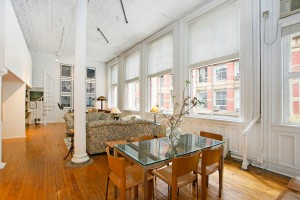
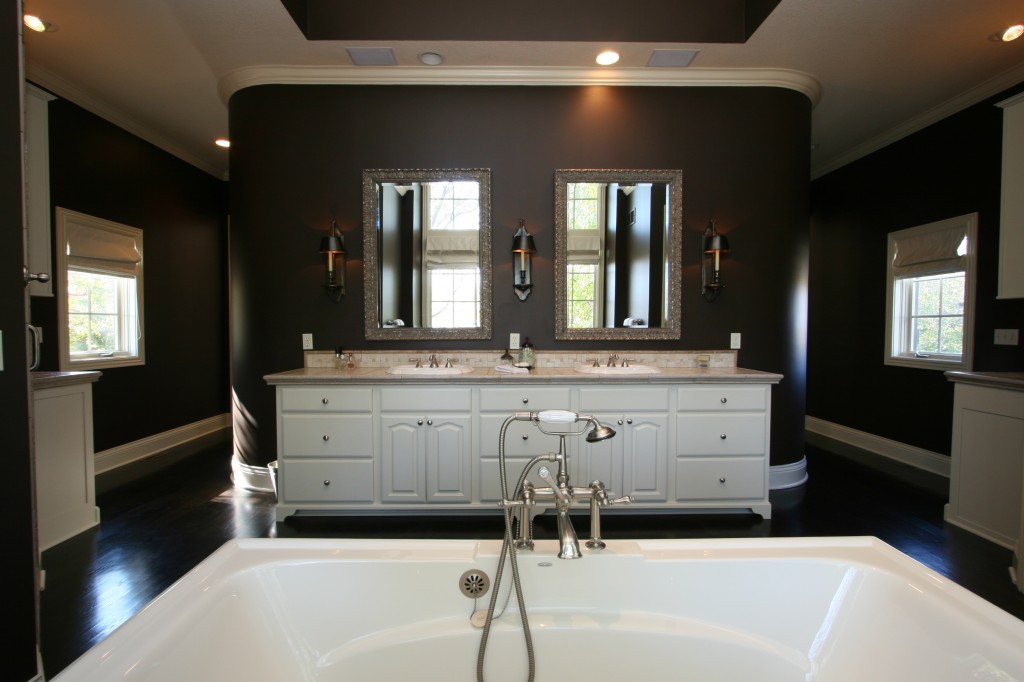
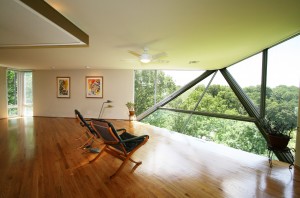
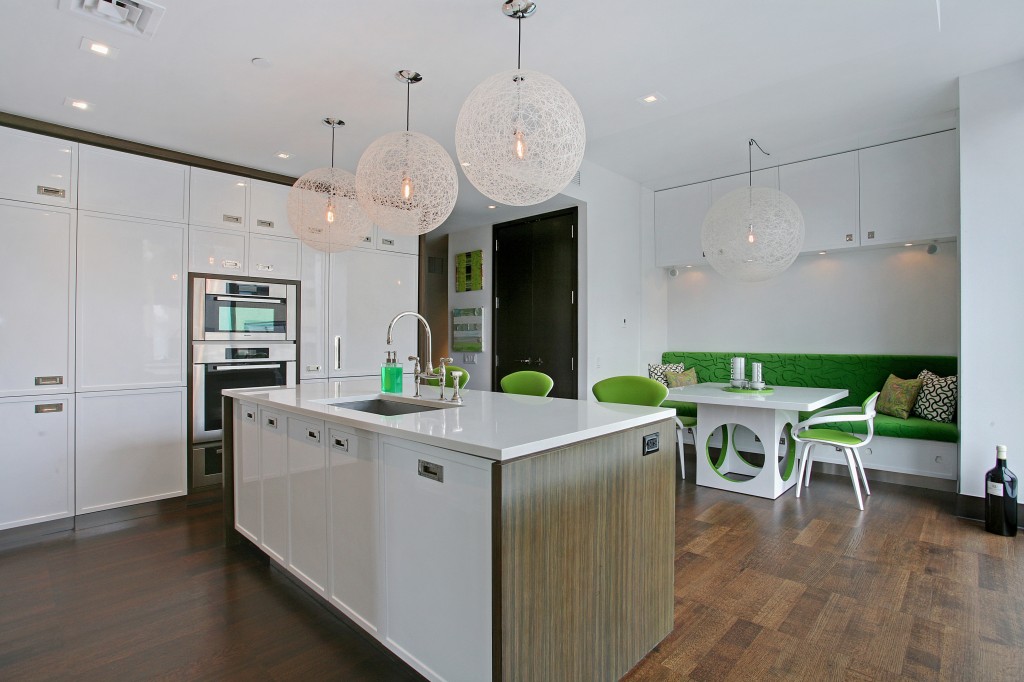
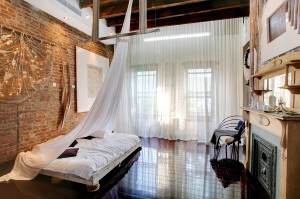
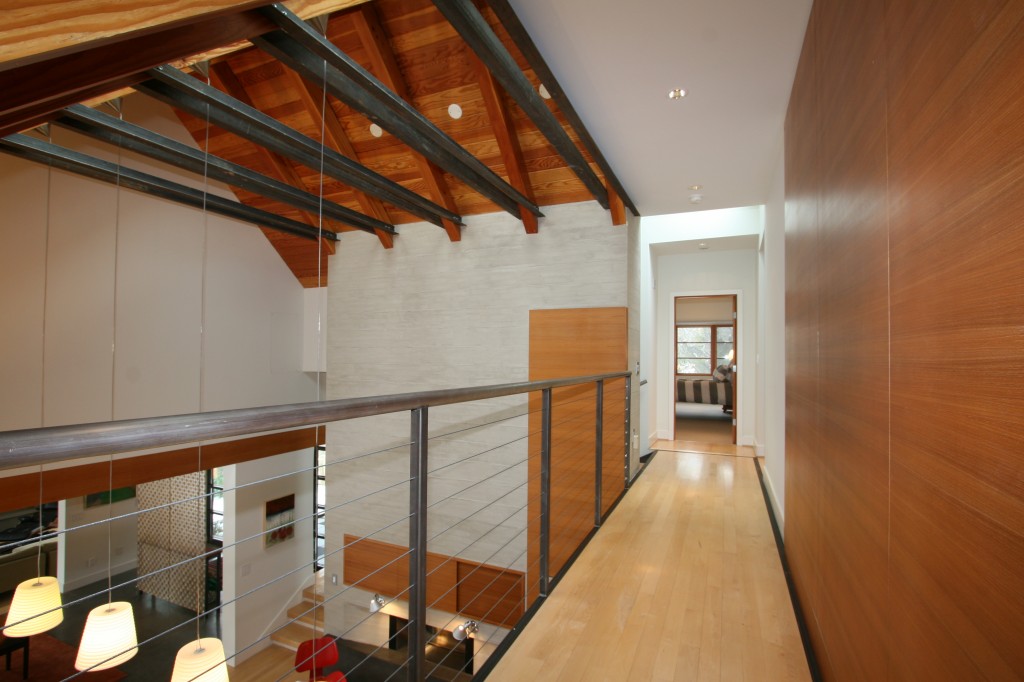
Pangea Properties Enlists VHT Studios to Market National Apartment Portfolio Online - The Real Estate Beauty Contest
March 24, 2015[…] Properties’ choice underscores the value of VHT Studios’ professional photography and experience in managing multiple, large-scale photography assignments nationwide. VHT Studios […]